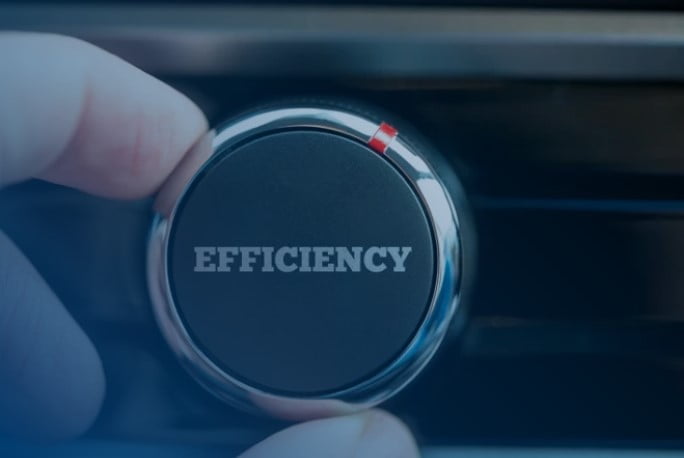One of the trickiest elements of building management is that everything ages at different rates. Which means that while parts of your HVAC and BAS (building automation systems) might still be perfectly serviceable, you may still find that efficiency is down and operating costs are up.
Gutting a commercial building to replace a complete system is way too costly, way too disruptive and in most cases, unnecessary.
So what strategic upgrades can you make to improve your building’s performance? Here are a few of the best options.
Pneumatic to DDC (Direct Digital Controls) Bridging
If your building is still operating on a purely pneumatic and mechanical system, then the single most important thing you can do is to upgrade the system by installing a pneumatic to DDC bridging system, which allows you to keep the older HVAC equipment you’ve been using, but installs new, smart sensors, actuators and other equipment.
Once you’ve taken this step, you can route the data from those sensors to a controller, and then to a DDC interface.
Controller Upgrades
If you already have a DDC system, then it may be worth investing in a new controller system, which offers enhanced monitoring and controls.
Newer controllers are more precise and offer more options, which means you can control building operation at a much more granular level, and more control means more savings. Not only that, but newer approaches to interoperability can help to bring more of your building systems together on one management system. That saves time, and as the old saying goes, time is money.
Interface and Front End Upgrades
The last of the building automation upgrades that you might want to consider is an upgrade of the interface and front end itself.
Newer front-end systems allow more customization than ever, and with cloud based options and smart phone apps becoming much more commonplace, true remote control of building automation is becoming easier than ever.
Cost versus Benefit
Any upgrade undertaking for a BACS, or parts of it, can be a costly exercise, and you might be wondering whether these sorts of upgrades are really worth it. Consider this.
In most cases, a new smart BACS system will pay for itself in lower operating costs in under two years and in many cases in less than 18 months.
The cost savings in operating costs and utilities when switching to a smart building management system can be up to 15%.
Building retrofitting can allow you to keep large portions of your existing infrastructure, and simply adds a new level of better monitoring and control.
Get Upgraded
In a perfect world, upgrading BACS would be a simple matter, and you could buy plug and play upgrades to install yourself.
The reality is that retrofitting and upgrading an existing HVAC and BACS system is usually trickier than installing all new equipment in a new building.
The best way to ensure that your upgrades really are improvements, and to ensure that you get the maximum ROI on a retrofit project is to have professionals assess your entire system, and then design a custom solution for you. Discuss budget upfront, as well as your desired outcomes, and you should get the upgrades you need at a price you can live with.




